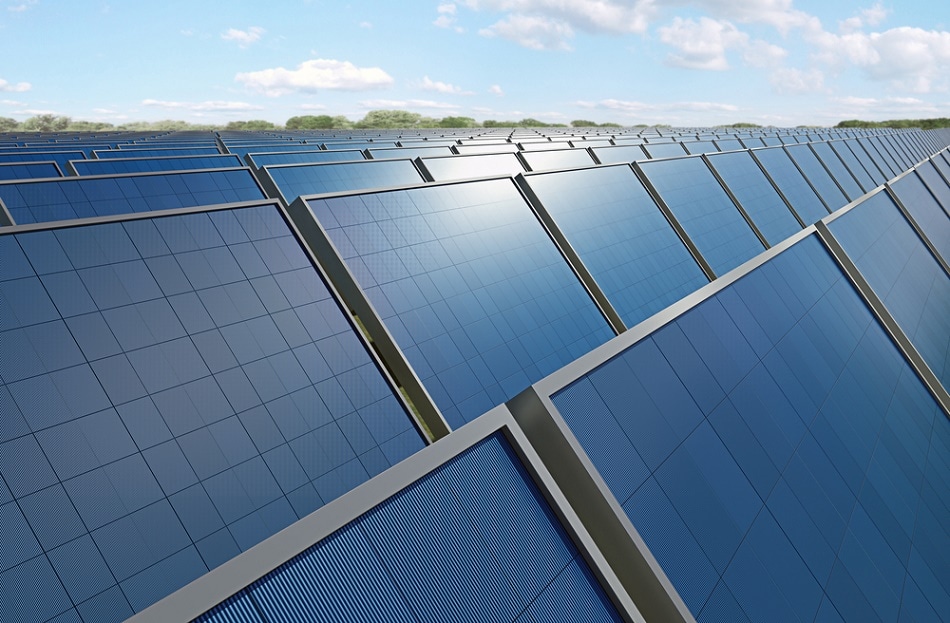Aug 2 2016
 Image Credit: 24034993/Shutterstock.com
Image Credit: 24034993/Shutterstock.com
Researchers from Aalborg University used a heat-resistant device and discovered that the sun's broad spectrum radiation can be absorbed and converted to electricity by the device.
The photovoltaic (PV) cells present in standard solar cells have the potential to efficiently convert sunlight within a narrow range of wavelengths determined by the material used in the PV cells. This is the major reason for the reduction in efficiency, and when wavelengths of sunlight are not converted the energy of short wavelength light is substantially wasted.
Scientists have decided to develop “multi-junction” solar cells made from a wide range of semiconductor materials that are capable of absorbing at different wavelengths of light in order to increase the efficiency of photovoltaics. However the challenge in developing such multi-junctional cells is that they are expensive.
Broadband solar absorption has already been engineered with the use of metal-insulator-metal (MIM) resonators, where an insulator is placed between a thin top and a thick bottom layer that are made up of metals such as gold and chromium. These metal components that are used in MIM resonators have comparatively low meting points.
There is a further reduction in the temperature when the materials are placed in thin layers such as the resonators due to the phenomenon called melting point depression, and there is a reduction in the melting point of the material when the dimensions of the materials are reduced. Metals used in traditional MIM resonators melt at approximately 500ºC, hindering their applications in solar cells.
A team of Denmark researchers have found an alternative way to trap a broad spectrum of sunlight, using a heat-resistant device made of alumina layers and tungsten that can be fabricated using film-deposition techniques that are cost-effective and those which are widely available.
The journal Optical Materials Express, from The Optical Society (OSA) published a paper in which the researchers have described their work.
“They are resistant to heat, including thermal shock, and exhibit stable physical and chemical properties at high temperatures,” explained Manohar Chirumamilla of Aalborg University in Denmark, the first author of the new paper. This property allows the absorbers to retain their structural properties at very high temperatures.
Experiments showed that these new absorbers were capable of operating at a temperature of 800 degrees Celsius and capturing light of wavelengths ranging from 300 to 1750 nanometers, that is, from ultraviolet (UV) to near-infrared wavelengths.
MIM resonators absorbing in the spectral region from UV to near-infrared can be directly employed in different applications, such as solar TPV [thermophotovoltaic] /TPV systems and solar thermal systems. Other potential applications include in so-called tower power plants, where concentrated solar light generates steam to drive a generator. This is the first step in utilizing the energy of the sun in a more efficient way than with current solar cells,” he added. “Using an emitter in contact with our absorber, the generated heat can then be used to illuminate a solar cell—which can then function more efficiently when it is placed directly in the sun.
Manohar Chirumamilla, Aalborg University